
England’s poorest communities are nearly four times as likely to face lockdown restrictions as the wealthiest areas, a Guardian analysis has found, as local leaders warned of a “winter of dangerous discontent” in the north of England without urgent financial support.
A study of official figures shows a wide disparity in the resurgence of coronavirus across the country, with the most deprived areas bearing the brunt of the second wave.
In Liverpool, almost two-thirds of the areas with the highest infection rates were among the poorest 10% of communities in England. More than half of Birmingham and Manchester’s worst-hit areas are among the country’s most deprived.
Graph
Andy Burnham, the mayor of Greater Manchester, said areas hardest hit by the virus needed urgent financial support and were in “an extremely serious situation” with winter approaching and the furlough scheme drawing to a close this month.
“If we don’t get that support then we’re looking at a winter of dangerous discontent in the north of England where we will be levelled down to a really worrying degree and our economy will take much longer to recover as a result,” he said on Wednesday.
“The government may as well forget levelling up in this parliament because the damage that will have been done will be so great that it will be really difficult to repair any time soon. It really is that serious.”
In the six weeks to the end of September Covid-19 cases have consistently been more prevalent and rates of infection have been higher in the poorest parts of the country, according to a Guardian analysis of data from Public Health England.
The most deprived communities in England were flagged as areas of concern, meaning restrictions on social contact were being considered, almost four times as often as the wealthiest due to the number of new Covid-19 cases.
The figures cast new light on how the virus has spread throughout the second wave. In the first wave people living in the poorest parts of England and Wales were twice as likely to die from the virus. However, there was no data tracking the number of cases on a local level.
Graph
Joe Anderson, the mayor of Liverpool, said there was a Dickensian level of poverty in the city, with extremely deprived areas with high Covid-19 levels alongside wealthier boroughs with far fewer cases.
“Ten years of austerity is now coming home to roost. We’ve got 68,000 new people claiming universal credit, people asking for crisis loans, we’ve got massive health inequalities and infant mortality is now the highest it’s ever been,” he said.
Anderson said he feared the second wave could be more harmful than the first for the city’s poorest communities because they are now coping with a “potent cocktail” of an influx of university students, along with job losses following the withdrawal of the furlough scheme, and the annual effect of winter bugs.
The Guardian also found that 42% of the areas flagged as of concern had a BAME population above the average in England. However, the available data on ethnicity and population dates from 2011 and is too old to draw clear conclusions about how the virus might be spreading among ethnic minorities in England.
“What you’re looking at is a real pattern that partly explains why we saw that pattern of deaths in the first wave. Previously, we had no way of distinguishing between what was people getting Covid-19 more in deprived areas versus people in deprived areas having more severe problems infection or dying if they did get it,” said Tim Elwell-Sutton, assistant director of the Health Foundation.
Analysis from Public Health England also shows people living in the most deprived 20% of England have generally had higher rates of infection since mid-June.
“In more densely populated areas the infection will spread faster, particularly in urban areas and areas where there’s overcrowded housing, which tends to be more common in more deprived areas. There’s also evidence that people living in more deprived areas are less likely to be able to work from home, are more likely to continue to go to workplaces where they’re exposed to the infection and are more likely to work in key-worker professions, so even during lockdown they were likely to be going out.
“But also they may find it much harder to self-isolate if they do have symptoms and one of the main reasons is they are less likely to have a financial safety net that allows them not to go to work,” says Elwell-Sutton.
The data covers five two-week periods, from 10 August to 23 September. However, PHE notes case rates can be an undercount as the data can lag in the most recent four days.



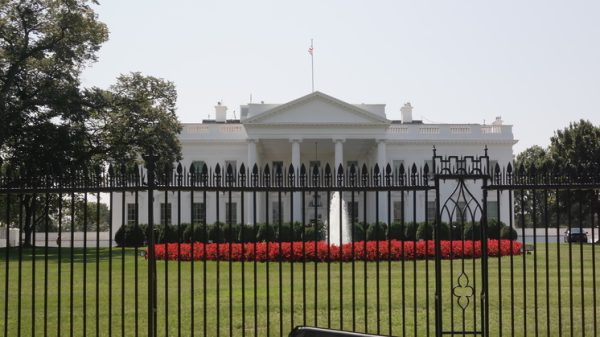



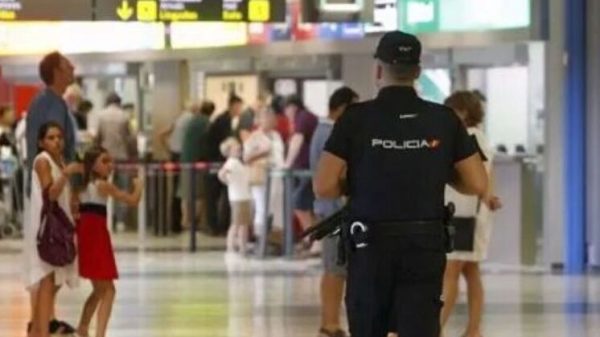

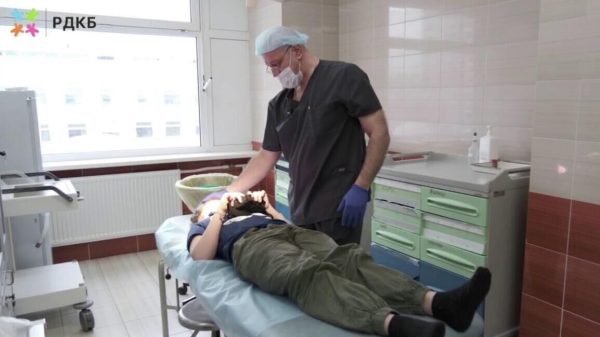








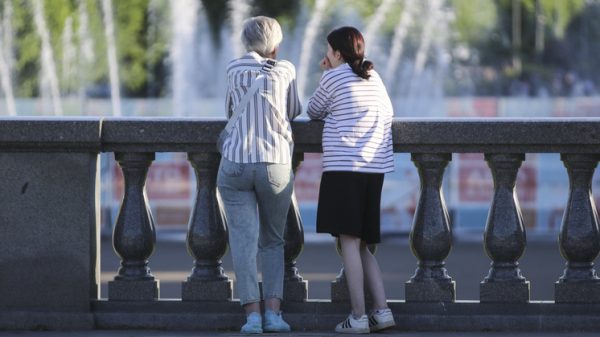
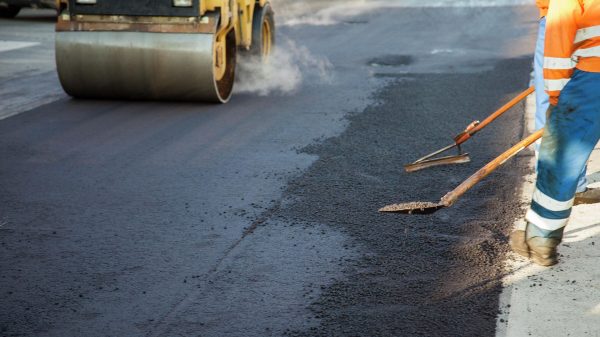





































Свежие комментарии